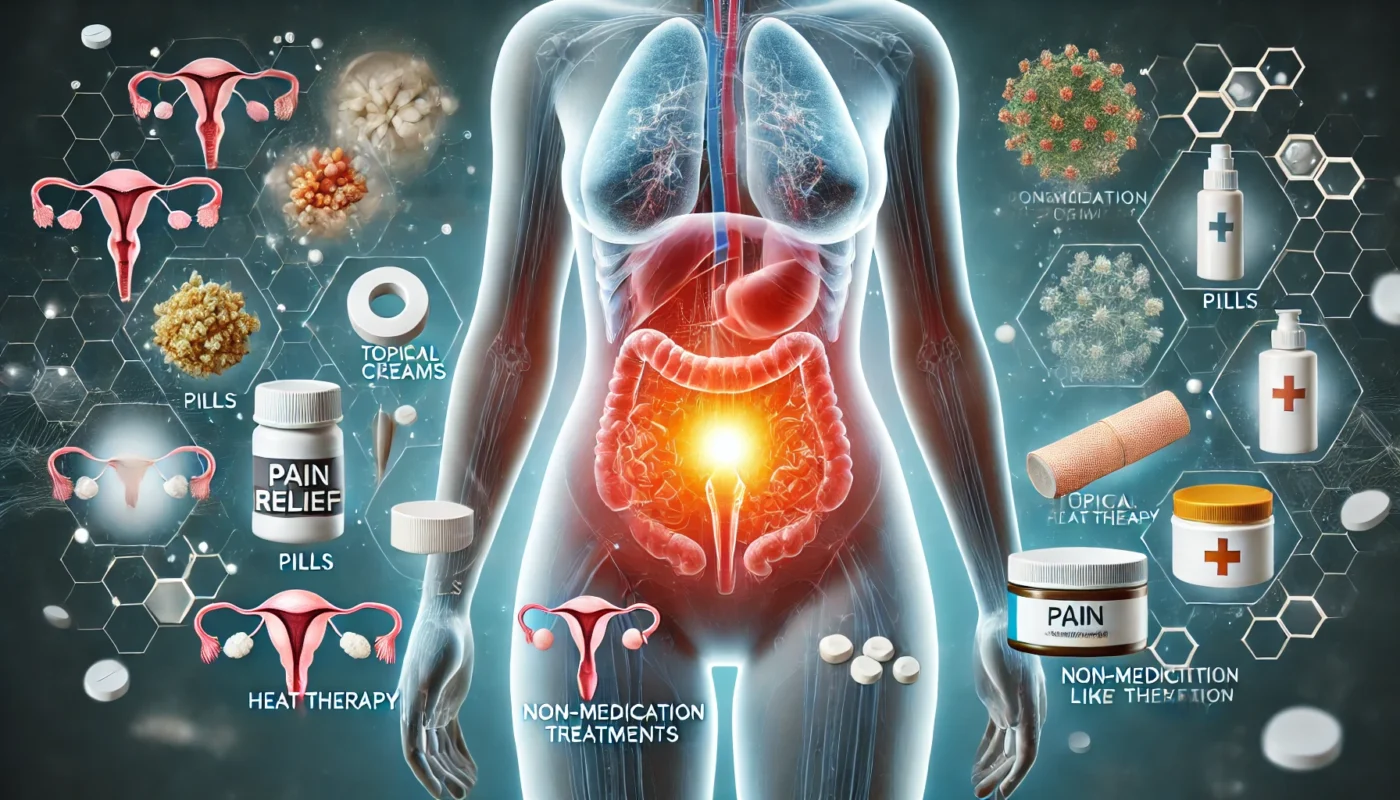Undergoing a hysterectomy is a significant medical procedure that can bring about both physical and emotional changes. Among the most immediate concerns post-surgery is managing pain effectively. It is crucial to understand the various pain relief options available to ensure a smooth recovery process. This article delves into the different approaches to pain control after a hysterectomy, encompassing both traditional and alternative methods.
Tag Archives: Opioids
Morphine is a powerful analgesic used primarily in the treatment of severe pain. Derived from the opium poppy, Papaver somniferum, it belongs to a class of drugs known as opioids. Opioids are substances that act on opioid receptors in the brain to produce morphine-like effects, primarily pain relief.
Extended release pain medications, also known as ER pain meds, are designed to release their active ingredients slowly over time. This allows for sustained pain relief with fewer doses compared to immediate-release formulations. These medications are commonly used in managing chronic pain conditions, such as arthritis or cancer pain, where continuous pain control is necessary.
Narcotics, particularly opioids, are potent medications used primarily for pain relief. Understanding their potency is crucial for effective pain management and minimizing the risk of overdose. The narcotics strength chart, or opioid strength table, provides a comparative analysis of the potency of various narcotics relative to one another.
In the complex realm of pain management, understanding your medication options is crucial. Whether you’re dealing with chronic pain, recovering from surgery, or managing an acute injury, selecting the right pain medication can significantly impact your recovery and quality of life. Today, we’ll delve into some of the most commonly used pain pills that start with the letter “M”, exploring their mechanisms, benefits, and considerations for use.
In this article, we’ll delve into the essentials of administering intramuscular pain medications, discussing their benefits, potential risks, and step-by-step instructions to ensure safety and efficacy. We’ll also explore holistic strategies that can complement medical treatments, providing a comprehensive approach to pain management.
Understanding why alcohol and pain pills don’t mix requires delving into the science of how these substances interact with our bodies. Alcohol, a central nervous system depressant, affects the brain by slowing down its functions. Pain pills, particularly opioids and certain over-the-counter medications like acetaminophen and ibuprofen, also have profound effects on the central nervous system and other bodily functions.
In today’s fast-paced world, understanding the nuances between various substances is crucial for making informed health and wellness decisions. Methamphetamine (commonly known as meth) and opioids are two classes of drugs that, despite their potential for misuse, serve different purposes and affect the body in distinct ways. This article aims to dissect these differences and provide a comprehensive understanding of meth vs. opioids.
Painkillers, or analgesics, work by blocking pain signals from reaching the brain or by interfering with the brain’s interpretation of those signals. There are various types of pain medications, each working in different ways. The most common include nonsteroidal anti-inflammatory drugs (NSAIDs), acetaminophen, and opioids.
Pain aid tablets are designed to alleviate pain, ranging from mild discomfort to severe chronic pain. These medications work through various mechanisms, such as inhibiting pain signals to the brain or reducing inflammation, thereby providing relief. Understanding the specific action of different pain aid tablets is crucial to selecting the right one for your specific situation.
- 1
- 2










